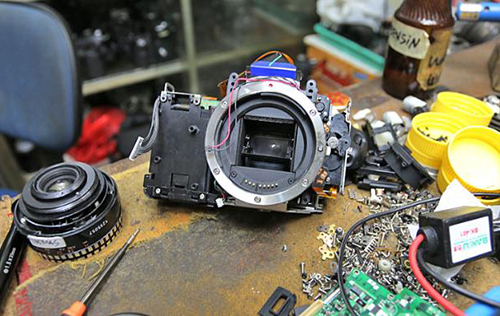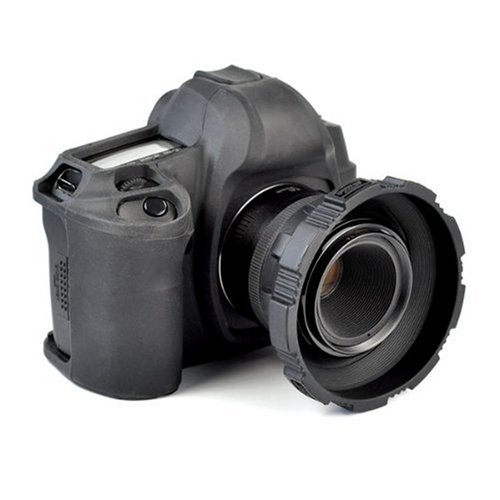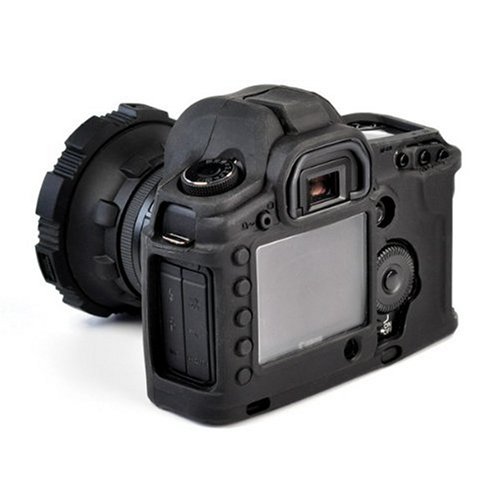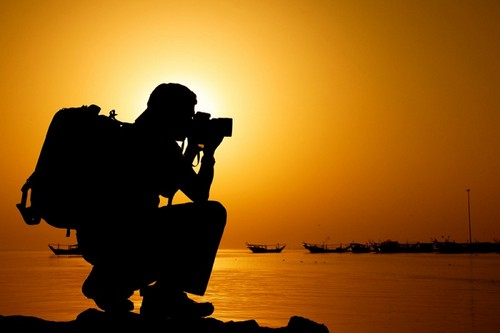
Many assumes that the shutter count of a camera determines the age of the camera. There’s some truth in that, but it’s not all there is to it. Sure, the more frequently a camera is used, the greater the chance of damage but the figures on the shutter count can’t be used as a reference to the length of the camera’s remaining working life. Maybe you’ve read in several web reviews about the maximum counts of say the 5Dmk II which is 100k shutter counts while the 1D mk IV can reach up to 200k counts. But that’s just a guesstimate of the count and not the definitive value. Here are some things you should consider that can affect the performance of your camera:
1. Dust
Dust is the first problem that cameras often encounter, especially cameras with an interchangeable lens function. Dust can enter the interior of the camera, dirtying the camera sensor or the lens and making little dust spots appear in the photographs it takes. To avoid dust build up, don’t swap lenses too often. And when you do, be sure to do it in a clean and calm (not windy) room. Always have a camera blower handy to blow out those dust specs that’s made its way inside your camera.
2. Sand
Like dust, sand particles are bound to damage the quality of your photo if it ends up in your camera. Sand can also make things worse if it makes its way inside the mechanical system of the camera; this can damage the performance of the camera. When you’re shooting at a beach or a desert area, don’t swap your lenses too often, if at all.
3. Humid Air and Mold
Humid air is an often unknown enemy of your camera. Affects of humidity in the short term may not be too noticeable for your camera, but if your camera is left in a humid environment for long periods of time, it’ll trigger the growth of mod on your lens and camera body. Tiny splotches of mold on your camera/lens can still be cleaned. But if left for longer and it starts to spread, mold can permanently damage the surface of the lens. Therefore, if you buy a digital camera, always have extra funds to buy a dry cabinet for storage when not in use (especially if you live in a tropical climate).

4. Sea Water
Sea water is corrosive. If your camera comes into contact with sea water, clean and dry it immediately. If not, your camera will be prone to rust. If rust develops, the mechanical functions of your gadget can be disrupted or even destroyed. Salt water also conducts electricity, so if your camera’s circuit board is exposed to salt water, it’s likely to surge and of course damage your camera. Be extra careful around the beach and always be ready with a dry cloth.
5. Impact
Along the way, we may accidentally bump our cameras on various surfaces. To lessen the impact, you can try equipping your lens with a UV filter or equip the camera with a body armor. Also, always choose a good-quality camera bag.



6. Camera’s Age
It’s a certainty that all electronic devices have a limited life span. There will be an inevitable point in the future where they’ll break. All the points above can be factors that accelerate the demise of your camera.
















